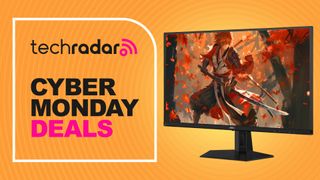Monitors
Latest about Monitors
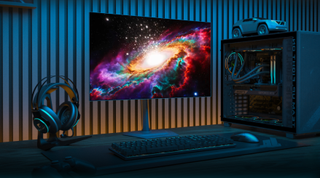
Gigabyte might have solved my biggest issue with OLED monitors at CES 2026
By Isaiah Williams published
CES 2026 OLED monitors need fine tuning with brightness dimming issues, and Gigabyte may just have cracked this at CES 2026.
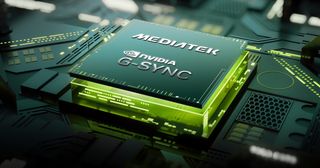
Nvidia's new G-Sync Pulsar update for motion clarity is a big win for PC gamers, and here's why
By Isaiah Williams published
CES 2026 Nvidia's G-Sync technology has just levelled up, with G-Sync Pulsar now the answer to stutter and motion blur-free gameplay.
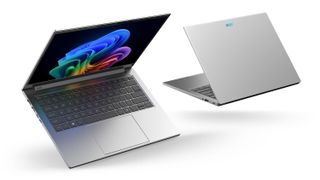
Acer's CES 2026 reveals include laptops, displays, and... a gaming-themed e-scooter, apparently
By Christian Guyton published
CES 2026 Acer revealed a whole host of new laptops at CES, along with an impressive new esports monitor and an electric scooter.

Glasses-free 3D displays are making an unlikely comeback – as Samsung reveals ‘world’s first’ 6K monitor with real-time eye tracking
By Isaiah Williams published
First, it was the 'world's first' glasses-free PC handheld in 2025, and now, it's the 'world's first' glasses-free 3D 6K gaming monitor from Samsung.

LG announces next-gen version of its best OLED TV tech, and a new name
By Carrie Marshall published
LG sets the stage for the next G-series OLED TV and multiple gaming monitors

Best portable monitor of 2025
By Steve Clark last updated
Updated We tested out the top portable screens for gaming, business, and streaming.
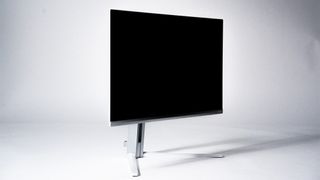
Philips and AOC's new 1,000Hz gaming monitors are impressive, but needless
By Isaiah Williams published
Philips and AOC are pushing refresh rates on monitors to an unexpected level, with two 1,000Hz displays potentially launching in 2026.
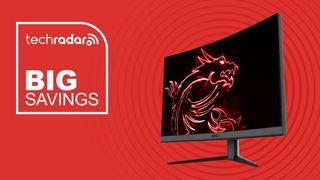
Game in style with almost 50% off this 31.5-inch MSI Curved Gaming Monitor
By Jessica Reyes published
This MSI is a cheap full HD curved gaming monitor with a high refresh rate and low response time.
Sign up for breaking news, reviews, opinion, top tech deals, and more.
